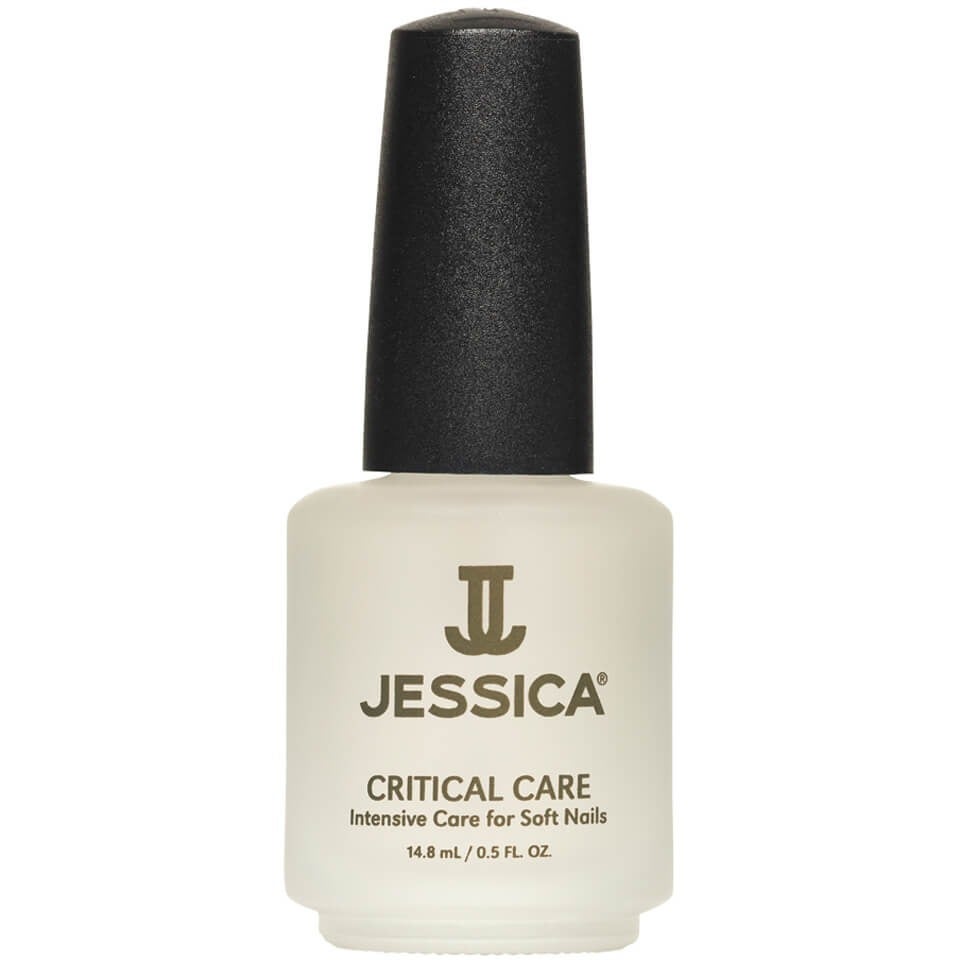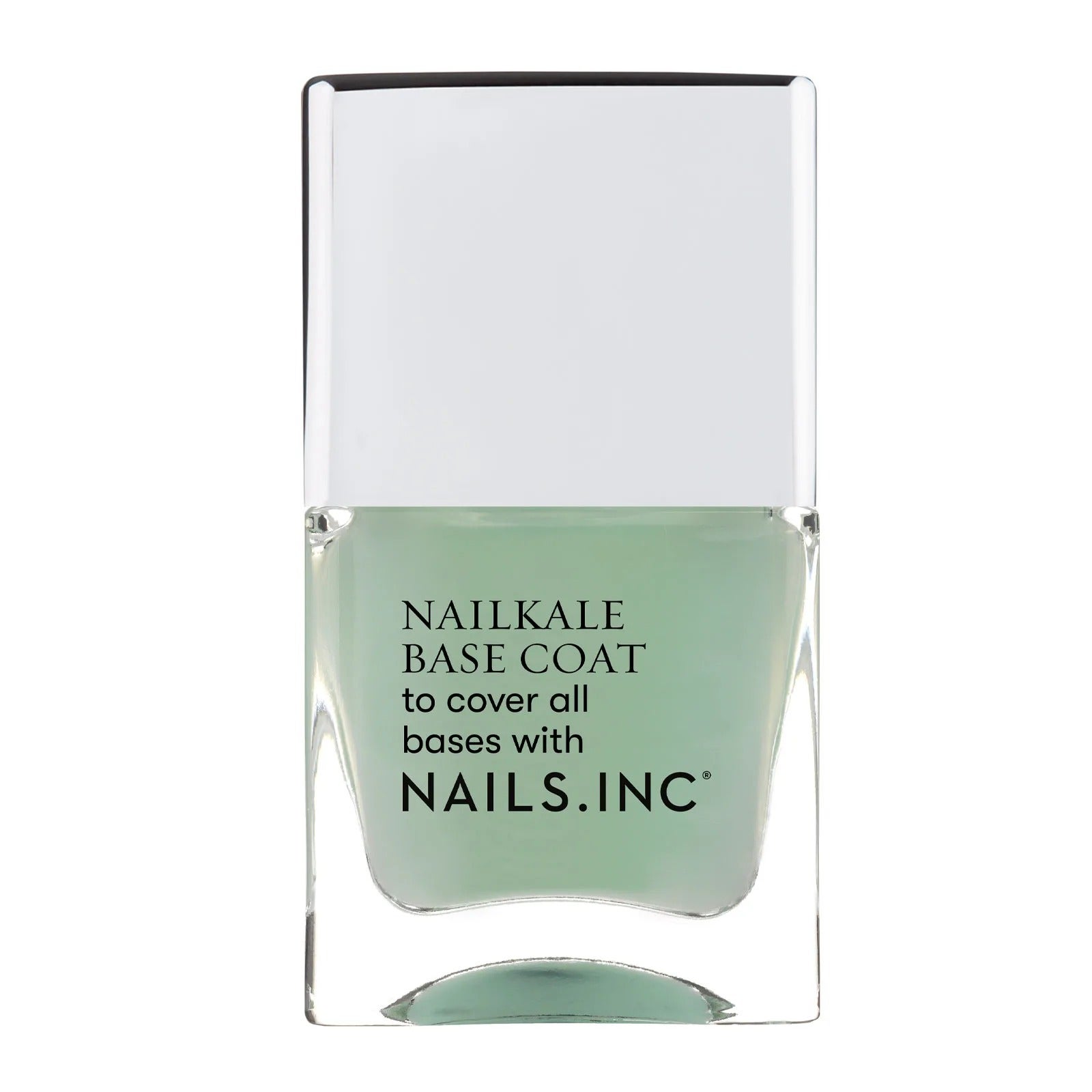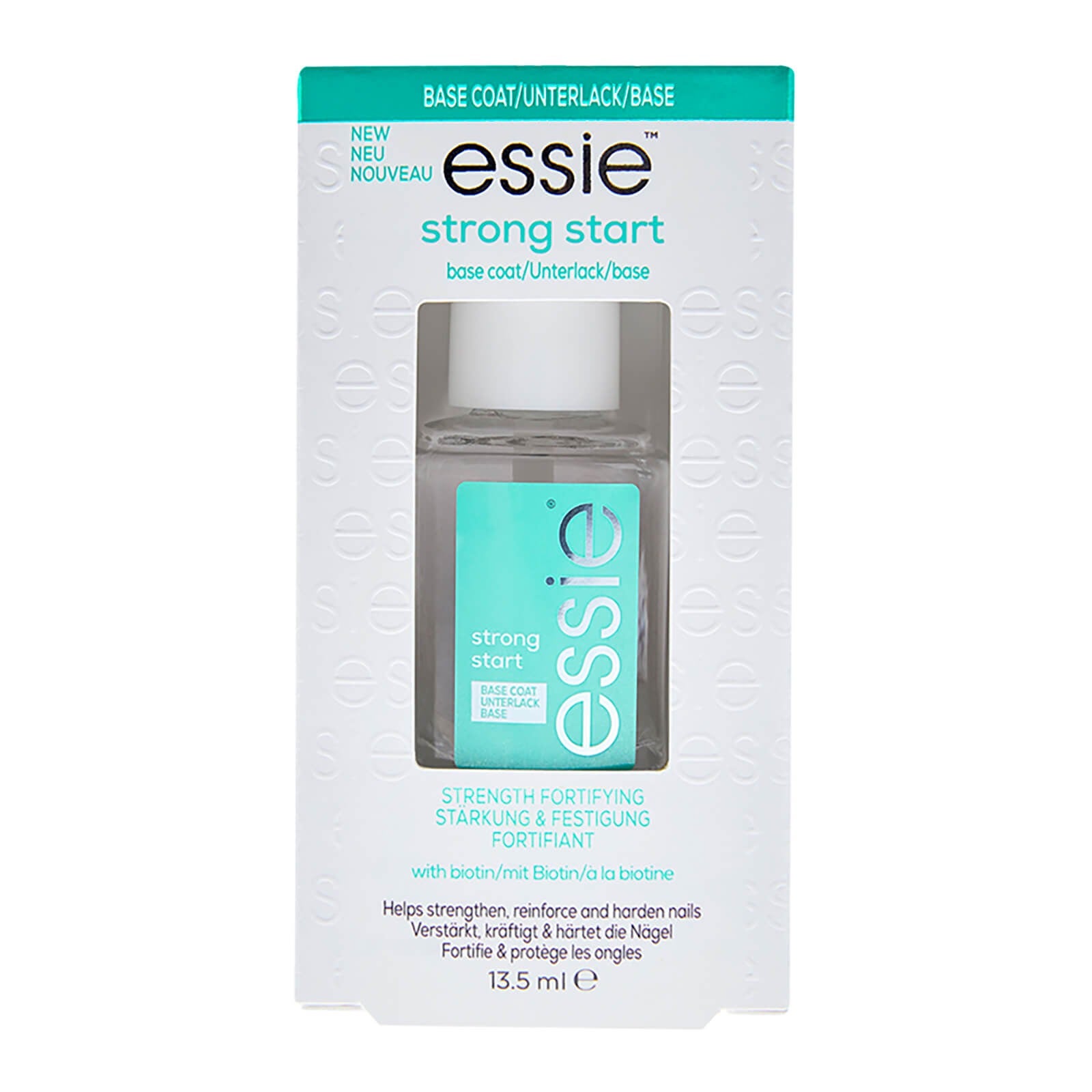This 10 Minute Treatment Will Totally Transform Weak, Brittle Nails
Photographed by Beth Sacca.
The majority of the beauty industry would agree that keratin has transformative powers. Most popular in hair smoothing treatments and lash lifts, keratin can keep frizz on lockdown, impart a shampoo-ad shine, make thick hair more manageable and curl lashes without the need for tools. It's no wonder, then, that Google searches for the benefits of keratin are on the rise. But it isn't just hair that keratin can bring back to life. It's nails, too.
Since reopening, beauty salons have championed restorative keratin nail treatments over acrylics or gel extensions. Why? Because your nails are likely in need of some TLC post-quarantine. If chipping away at old gel polish and anxiously picking at cuticles has left your nails in tatters, keratin is like a magic wand.
AdvertisementADVERTISEMENT
What is keratin and what does it do for nails?
Keratin is essentially a protein which makes up hair and nails and adds to their strength. "Adding a keratin protein to your nail care can immensely help improve the condition of damaged nails," says Sherrille Riley, nail expert and founder of Nails & Brows, Mayfair. "It will provide added nutrients to help strengthen your nails and stop breakage," Sherrille adds, so keratin might be especially helpful if your nails are weak, brittle and flaky, or if acrylic or gel extensions have left them feeling soft and fragile.
What happens during a keratin nail treatment?
"At Nails & Brows we offer the IBX Nail Strengthening Treatment, which is a revolutionary keratin nail-strengthening treatment that helps repair damaged, weak, peeling and brittle nails," says Sherrille. But that doesn't mean you have to forego your usual manicure for naked nails. Reinforcing the nail with keratin helps protect the nail bed when wearing Shellac nail polish or other gel polishes, adds Sherrille. Think of a keratin nail treatment like scaffolding for bendy nails prone to breakage.
While keratin hair treatments can take up to five hours depending on the thickness and length of your hair, nails are much speedier: just 10 minutes. "As with all our treatments, we start by washing and sanitising our client's hands," says Sherrille. "Then, cuticles are tidied and pushed back using a disposable wooden cuticle stick. We then clean the nails with a lint-free pad and two serums are applied to the nail plate: the IBX Repair and the IBX (step two). These are designed to treat damaged, natural nails."
AdvertisementADVERTISEMENT
Just like a Brazilian blow-dry or Japanese straightening treatment, both of which enlist keratin, a low heat is applied to the nails to activate the process, but only for a minute. "The easiest way to do this is by using a handheld hairdryer," continues Sherrille. "Heat is applied to lock in the serums into the layers of the nails. Finally, we remove any excess of the serum and apply some cuticle oil to finish."
How to look after weak nails in between treatments
Sherrille mentions that keratin nail treatments are progressive and should ideally be done every 2-3 weeks (depending on the health of the nails) to really see and keep up the results. "In between treatments, I recommend filing your nails regularly to keep them chip-free and gently pushing back the cuticles weekly, too. Applying a protein base coat every two days is also a great way to maintain good nail health."
At Nails & Brows, keratin nail treatments start at £19, but head to Treatwell to track down similar nail treatments in your area.
AdvertisementADVERTISEMENT









